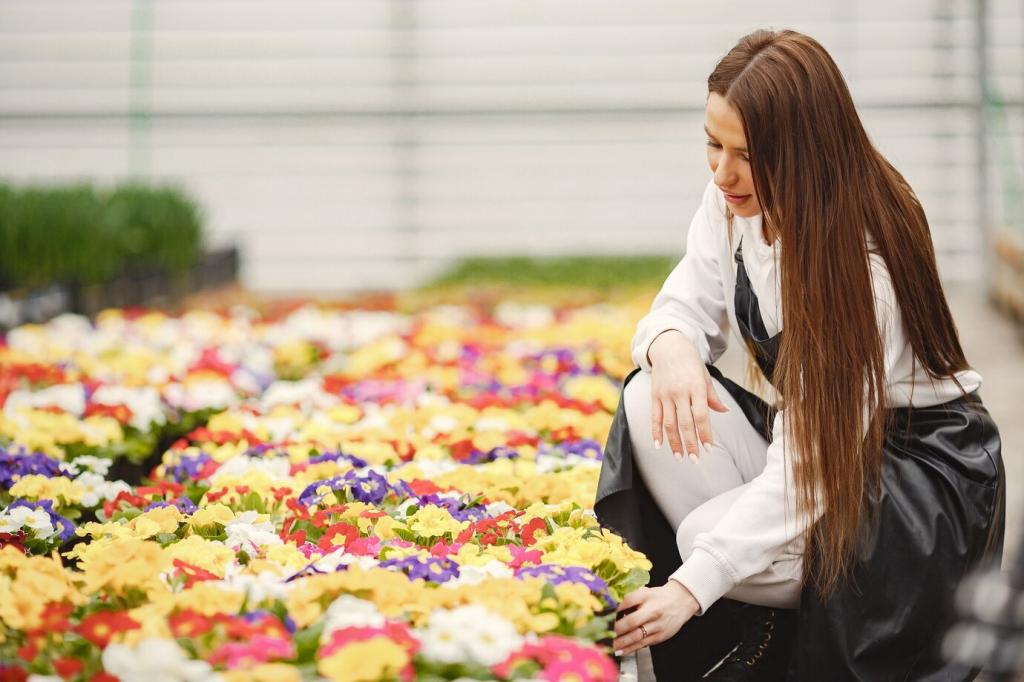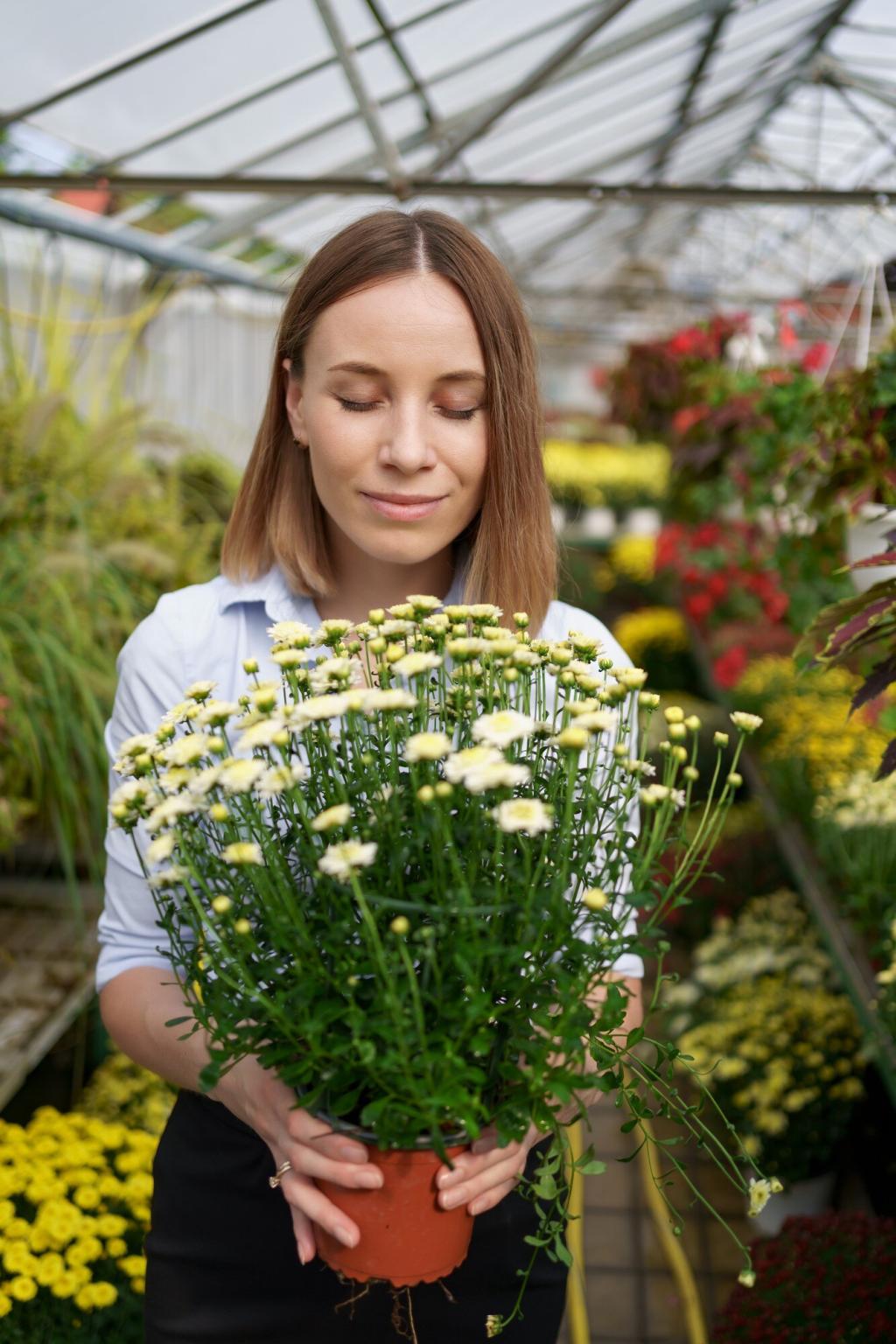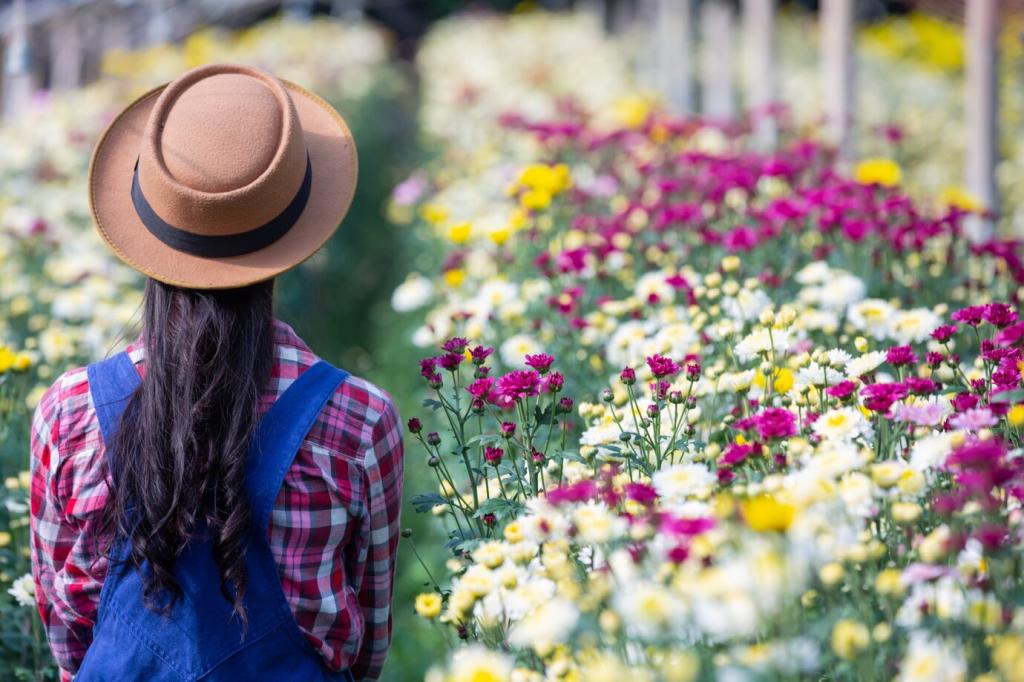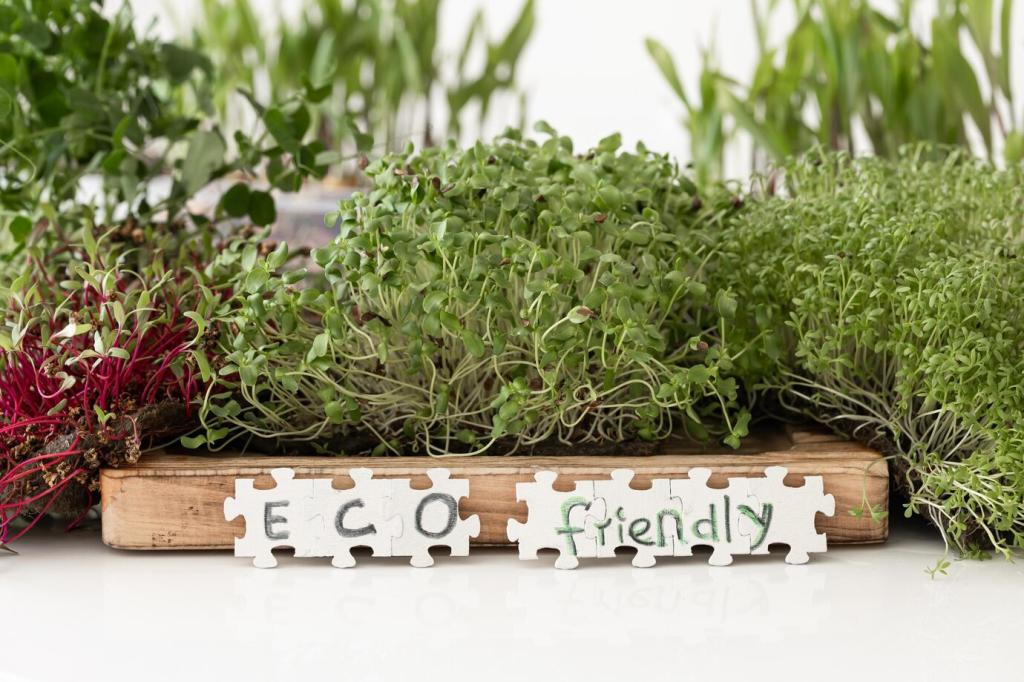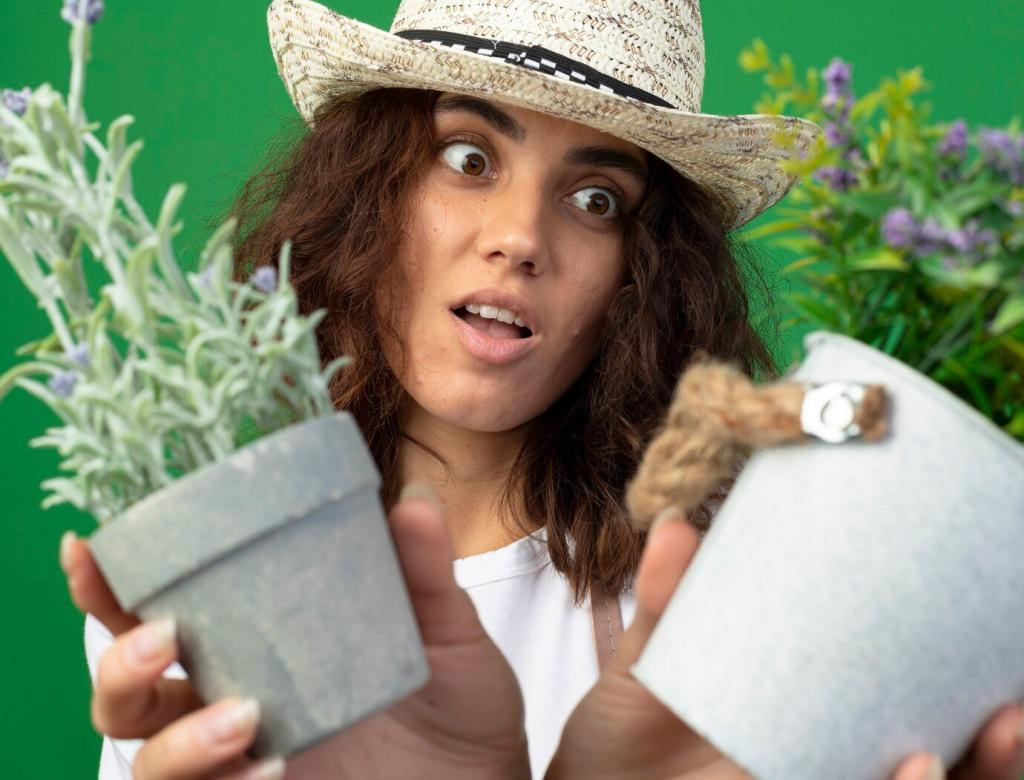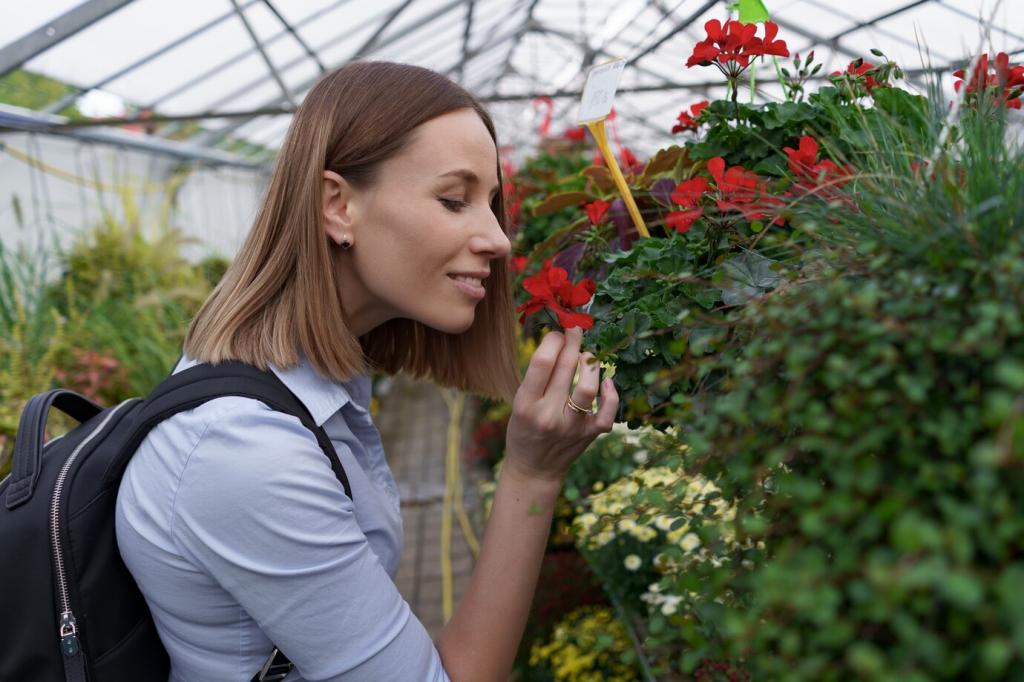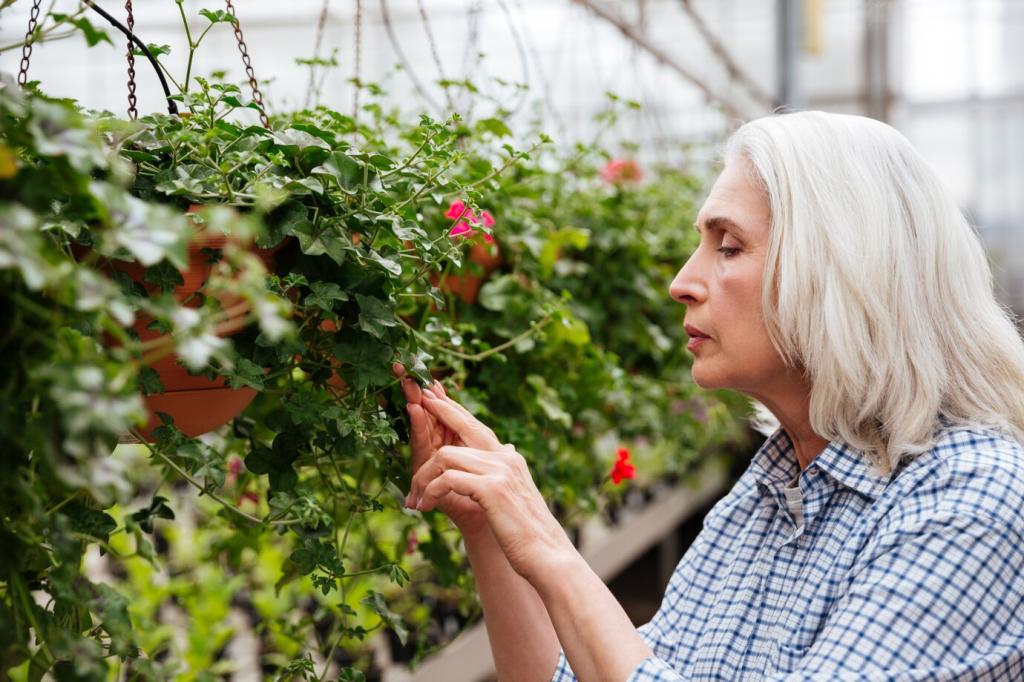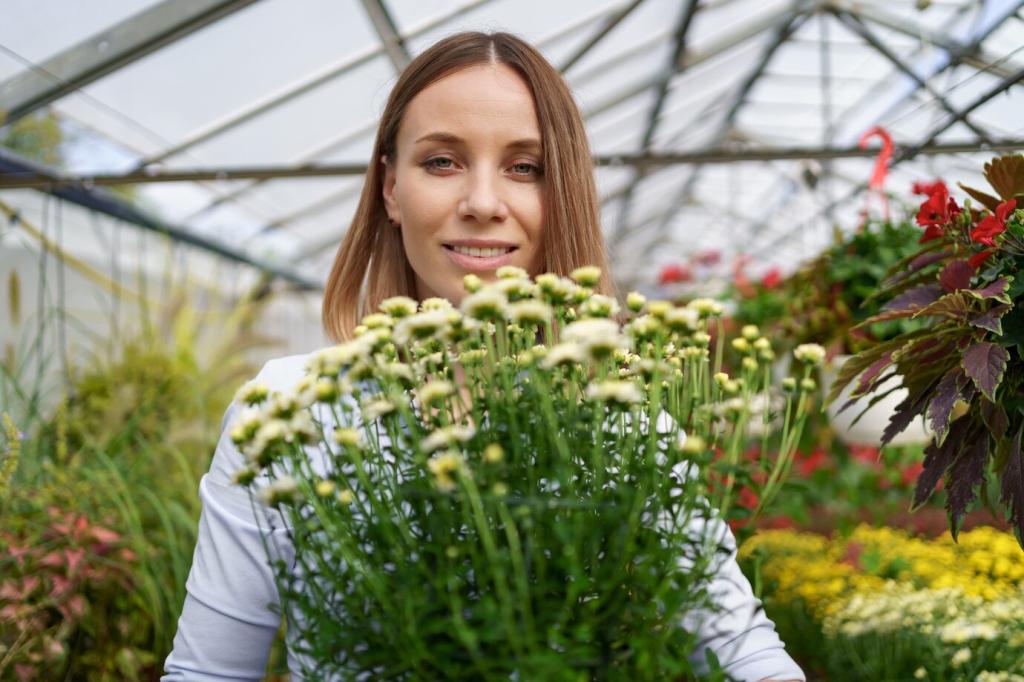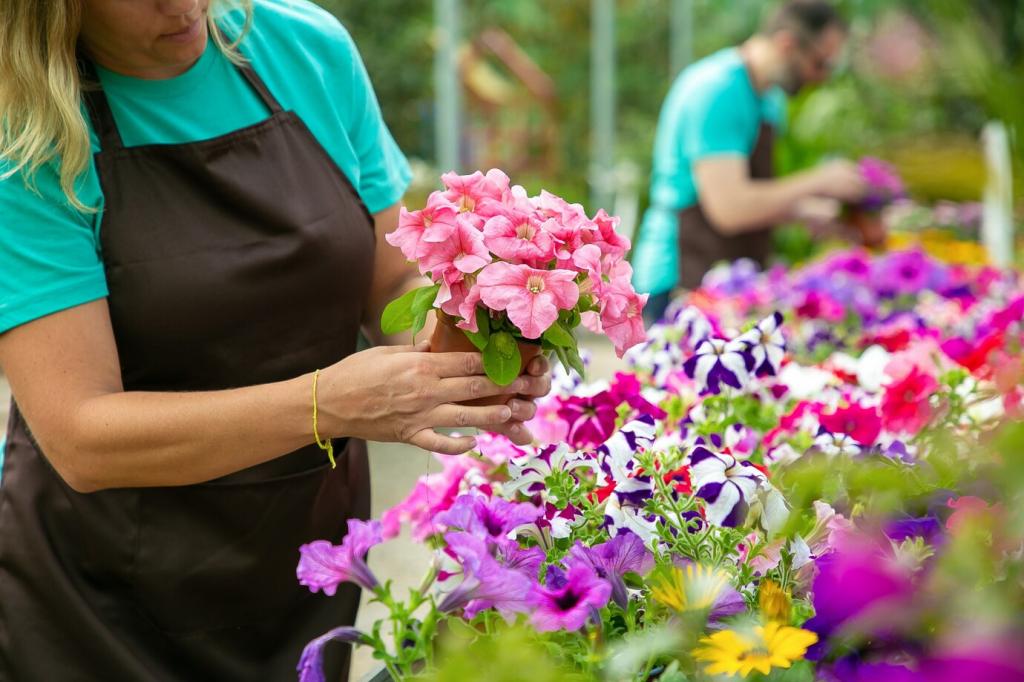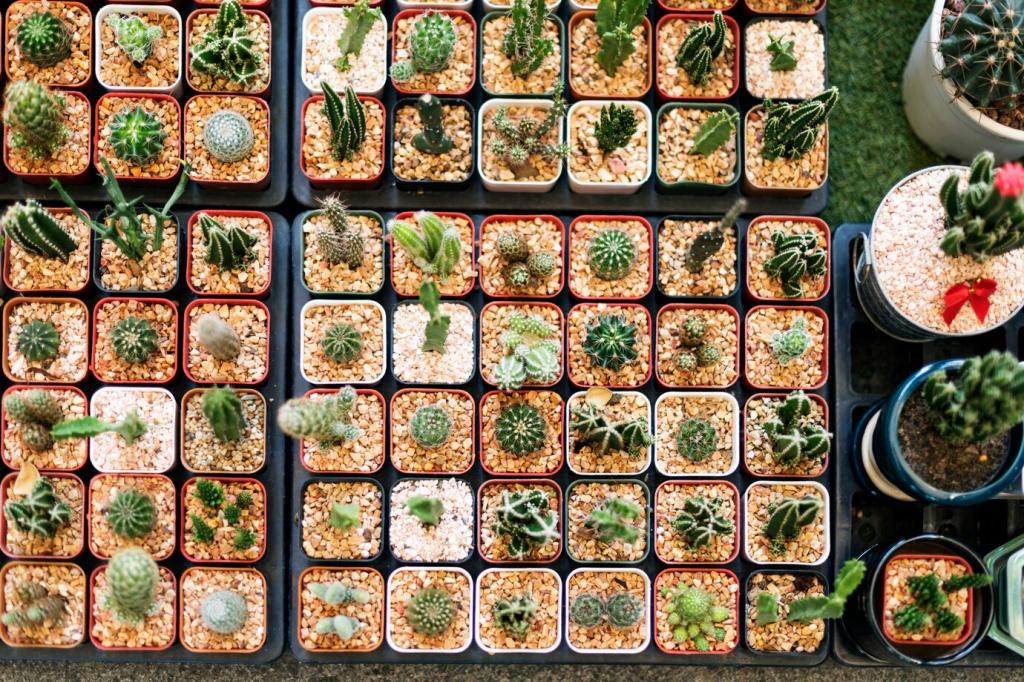Pollinators, Birds, and the Ecology of Bloom
Early lungwort, midsummer monarda, and late asters provide a reliable buffet from spring to frost. Diverse flower shapes welcome different pollinators, keeping your garden buzzing through changing weather.
Pollinators, Birds, and the Ecology of Bloom
Rudbeckia, echinacea, and symphyotrichum asters are resilient and generous. They bloom long, feed wildlife, and anchor your seasonal plan with plants adapted to your local rhythms and soils.


